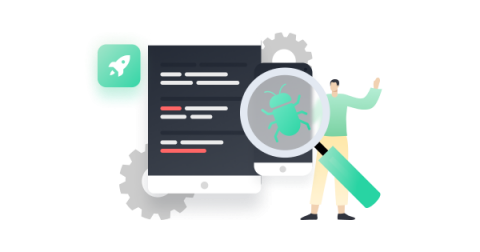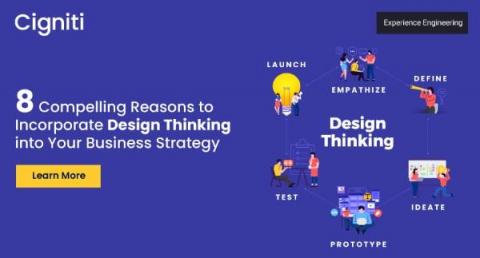Systems | Development | Analytics | API | Testing
Testing
The latest News and Information on Software Testing and related technologies.
Infrastructure Testing: Functional Testing or Cross-Functional Testing? | Monika Sharma | #testing
The Winning Retail Formula Today Is and Not or
In the Age of the Consumer, loyalty often equals the absence of something better. To sustain loyalty, we must continuously earn it in every interaction. That means today’s winning Retailers must provide: Clearly, this is easier said than done. Delivering the compelling experiences that consumers expect is a tall order, and it requires a consumer-obsessed culture of quality focused on the Consumer Journey.
The QA Tester Guide to the Many Types of Software Testing
Quality Assurance testers play an important role in verifying that company software maintains its functionality and reliability. Because the world of software testing is an expansive one, QA testers should equip themselves with an understanding of which types of software testing will be most relevant to their daily tasks. With so many different types of software testing, it can be overwhelming knowing where to start.
CNCF & Cimpress | Leverage user traffic to automate load testing this holiday season
Load Testing vs. Performance Testing vs. Stress Testing
Just conducting one type of testing is generally not enough. For example, let’s say you decide to perform unit testing only. However, unit tests only verify business logic. Many other types of tests exist to verify the integration between components, such as integration tests. But what if you want to measure the maximum performance of your application? Or what if you want to know how the application behaves under extreme stress?
Unleashing the Power of the Masses: A Deep Dive into Crowdsourced Testing
Traditional testing methodologies have long served as the backbone of QA but have limitations. As the industry evolves, so do the challenges developers face, making it evident that a new approach is needed to address the emerging demands of the ever-evolving mobile landscape. The solution lies in harnessing the power of crowdsourced testing. Mobile applications have become an indispensable part of our daily lives in the fast-paced digital era.
Cloud-side vs. Client-side Testing: What's Right for Your Project?
Most developers are familiar with running Selenium or Appium tests on their local machine (or sending them to a local Appium server). While these capabilities are essential early on, many organizations need help scaling this approach. Building and maintaining internal device labs and infrastructure can quickly become a nightmare. Here, you'll learn about the differences between client-side and cloud-side tests and how to choose the right option for your project.
Software Testing Jobs on 4th August | Automation Tester Vacancies | Curated Job Openings for QAs
8 Compelling Reasons to Incorporate Design Thinking into Your Business Strategy
Design thinking gained importance and popularity over the years due to several factors and shifts in the business landscape. As markets became more competitive and saturated, businesses recognized the need to differentiate themselves by offering products and services that truly address customer needs. Design thinking’s emphasis on understanding and empathizing with users provided a robust framework for creating customer-centric solutions.











